
You’ve hung birdhouses, filled feeders, and even played birdsong playlists. Still no bluebirds? The answer might be right under your feet—your plants. Certain blooms and berries turn backyards into five-star spots for these feathered guests. Roll out the welcome mat with these 10 plant picks that do the trick.
Serviceberry
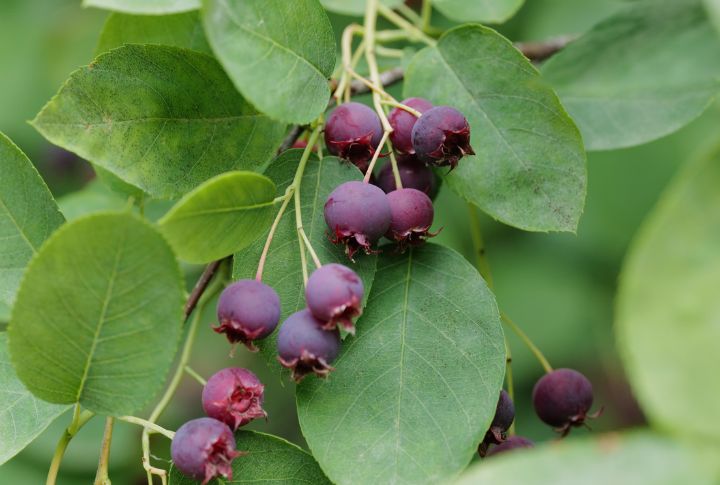
Serviceberry trees offer more than seasonal charm. Early spring berries provide vital nutrients, such as calcium and antioxidants, that support bluebird health. Dense branches double as safe nesting zones. Plus, the bloom-to-berry timeline aligns with the nesting season. Plant one, and you might gain loyal visitors for life.
Dogwood

Those creamy petals bring the garden drama, but bluebirds come for the real show—juicy red drupes. They ripen just as young birds start to explore. So yes, Dogwood serves dessert with a side of safety. Bluebirds can’t resist that combo.
Elderberry
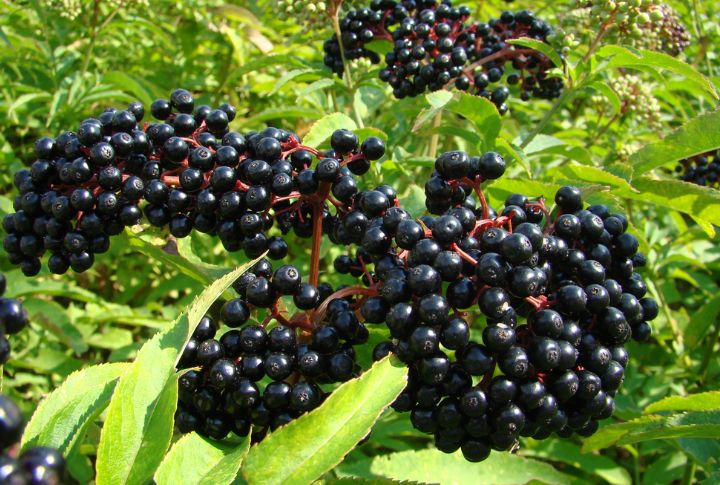
Elderberry bushes offer impressive benefits, with their berries nourishing bluebirds throughout the summer and fall. The dense shrubs provide much-needed shelter from predators while growing quickly and thriving across a range of climates. For optimal fruit production, it’s best to plant them in pairs.
Mulberry

Do you want feathered fanfare? Plant a mulberry. Bluebirds, robins, waxwings; everyone shows up. It’s the garden version of free Wi-Fi. Sure, the berries might stain your patio, but that’s a little mess when you’ve become the neighborhood’s top brunch spot.
Beautyberry

Beautyberry, with its clusters of purple berries, attracts bluebirds, providing a valuable food source late in the season when other food is scarce. It thrives in both sun and shade, making it a versatile option for bird-friendly gardens.
Viburnum

This plant may remind you of your grandma’s garden. It attracts bluebirds with its clusters of berries hidden among the leaves. Birds flock to it, feeding as if it’s an old, familiar source. Planting viburnum not only benefits wildlife but also brings a piece of the past back to life.
Juniper

During winter, when food is scarce, its waxy blue berries provide bluebirds with a much-needed food source. Juniper offers more than just visual appeal; it serves as a sanctuary for birds, ensuring their survival through the colder months by offering reliable nourishment.
Holly
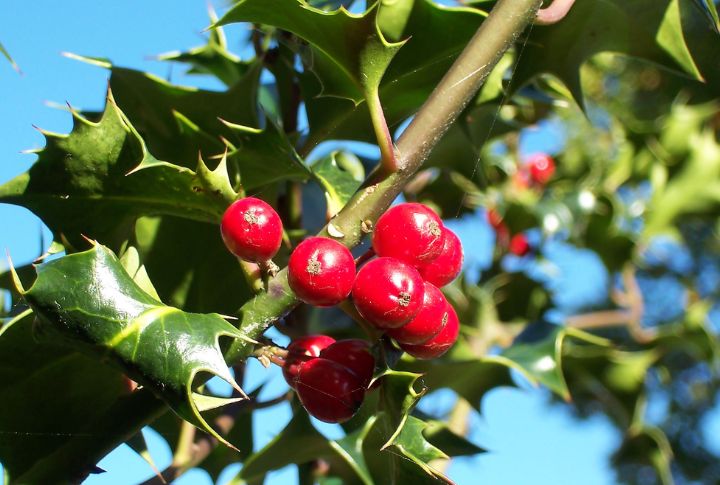
Holly brings more than beauty; its red berries and thick branches speak to a bird’s instincts. For bluebirds, it’s the perfect combination of shelter and a meal. Only place it near a fence or perch and they’ll flock in naturally.
Sumac
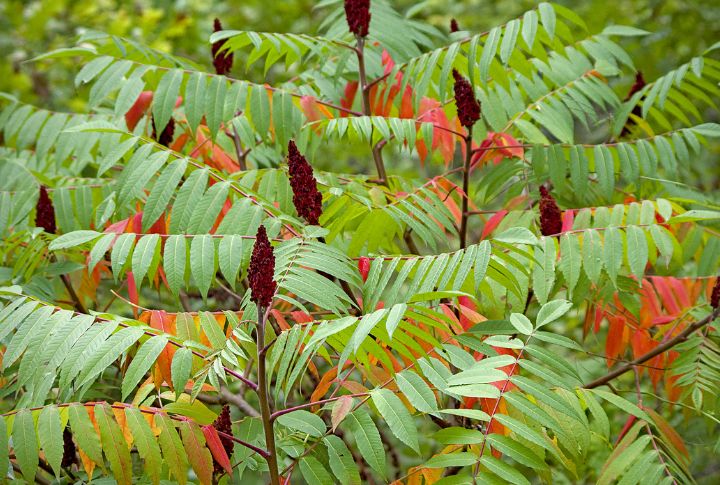
Sumac may not be the most polished plant, but it’s a reliable food source for bluebirds. Growing wherever it pleases, its fuzzy red cones provide nourishment late in the season, making it an unexpected but practical addition to any garden.
Bayberry
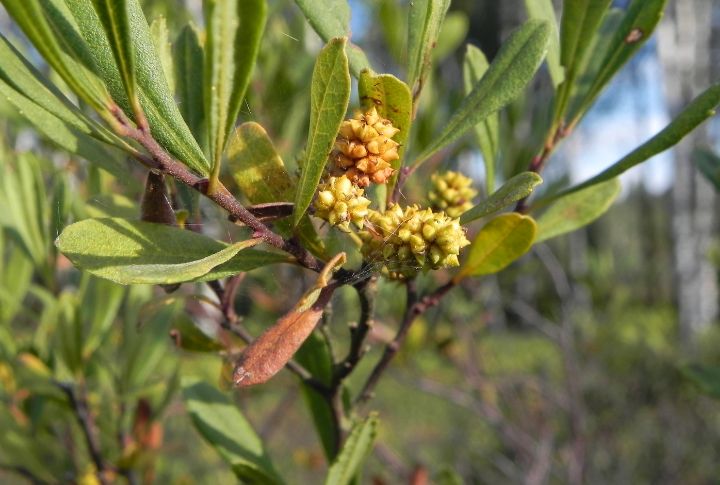
Looking for a tough plant that birds can count on? Bayberry handles coastal winds, gives off a spicy scent, and feeds bluebirds when most plants stop producing. Its waxy gray berries stick around through winter, giving birds a reason to come back.

